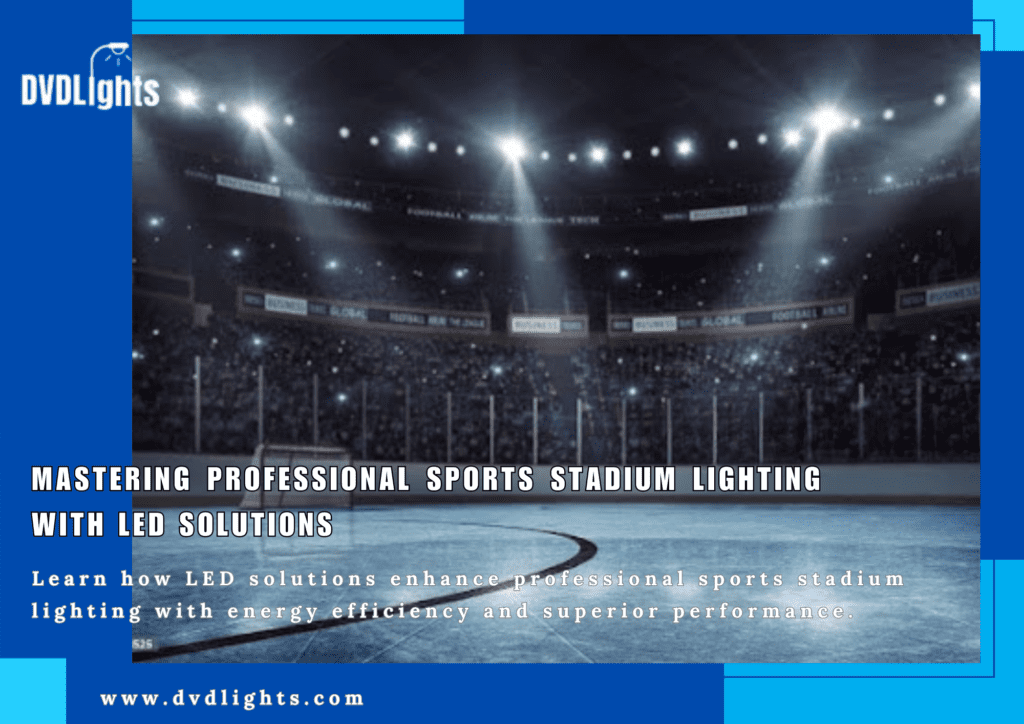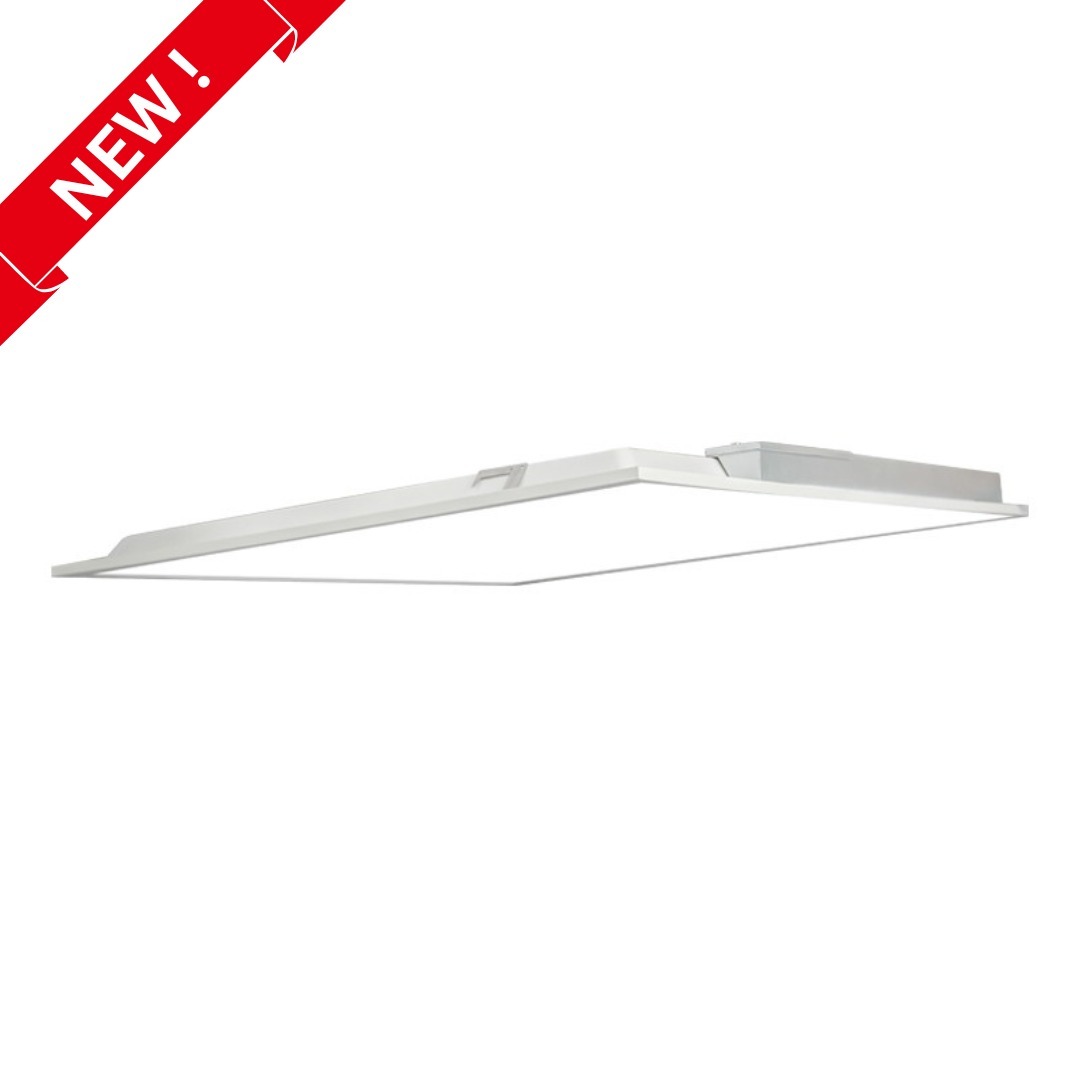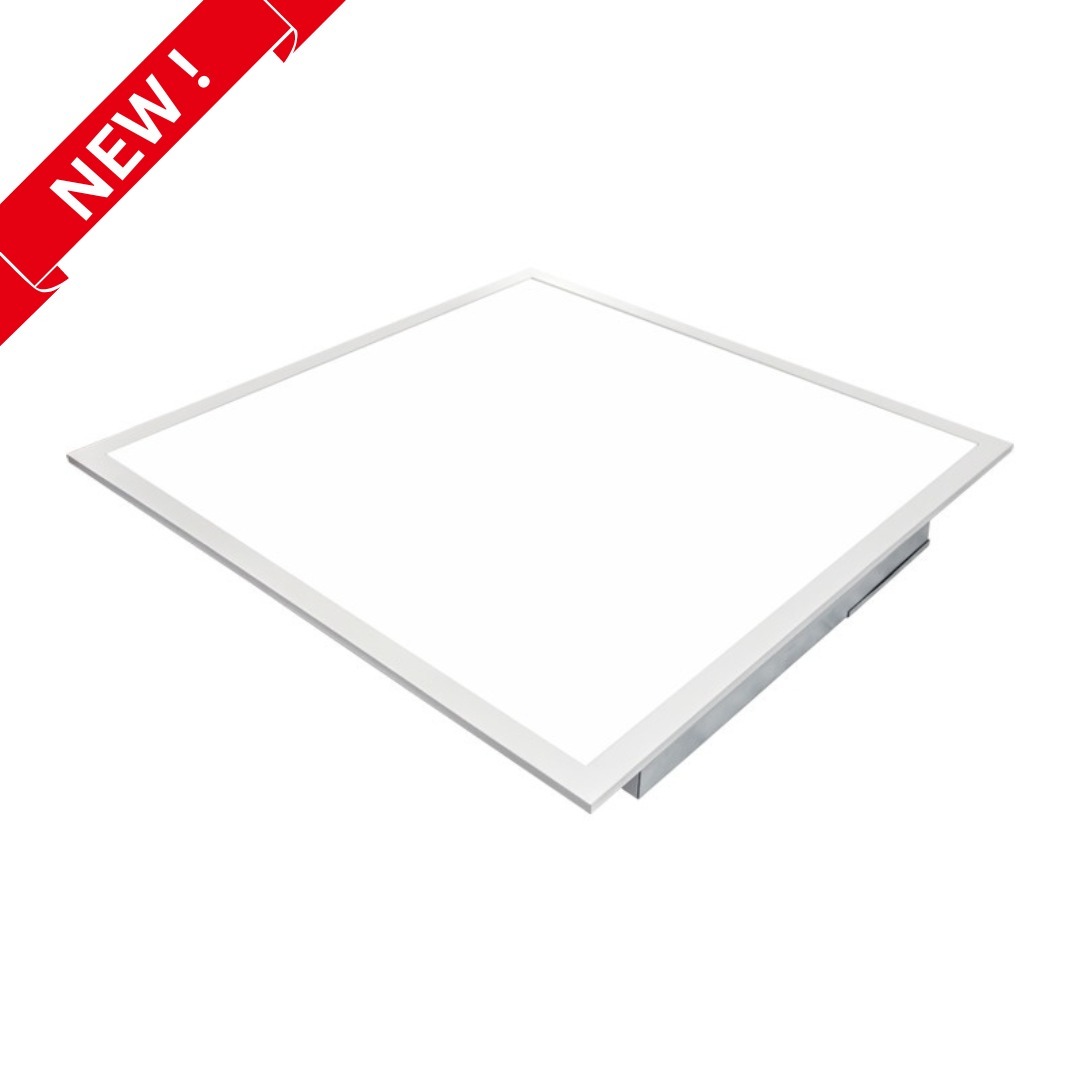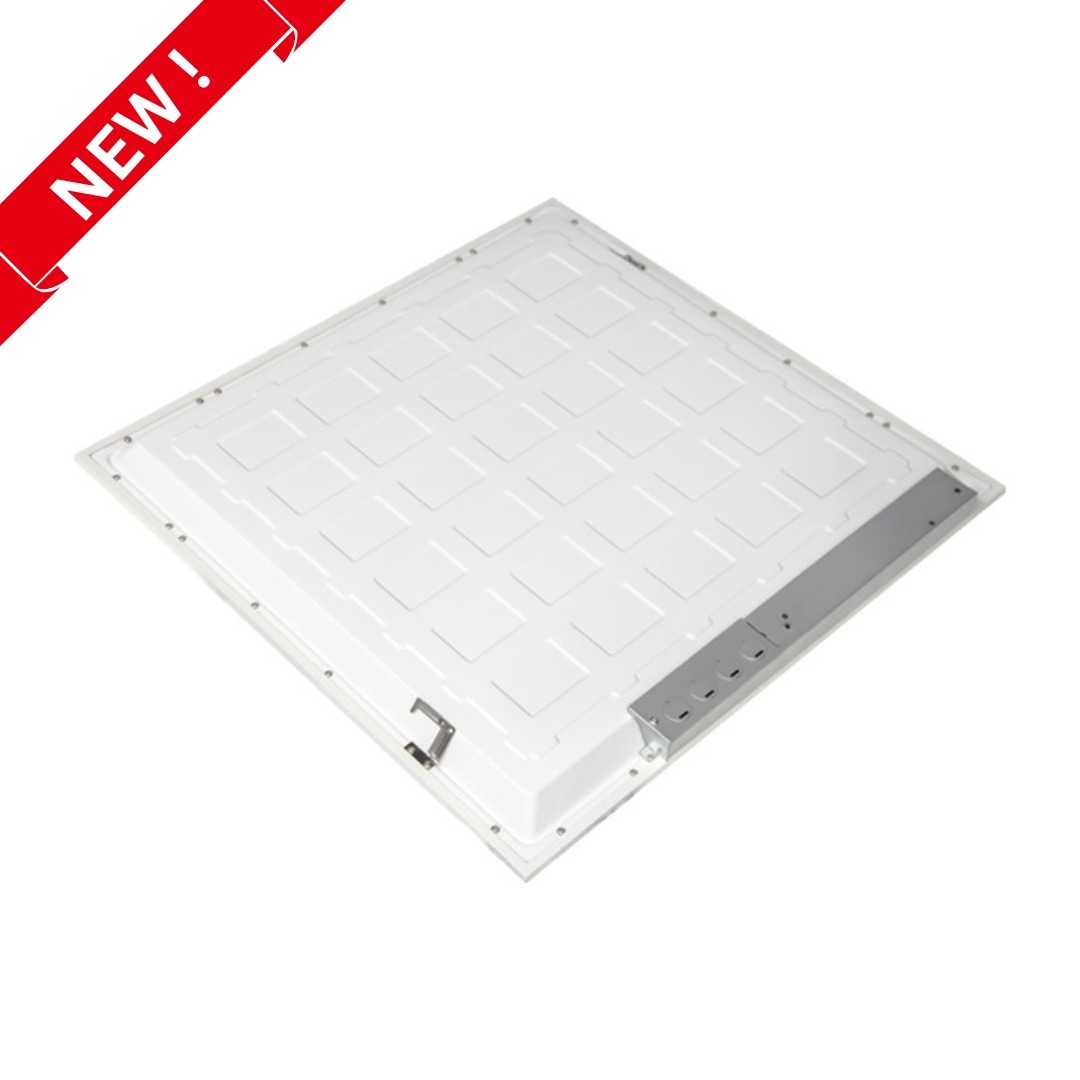Stadium lighting plays a pivotal role in enhancing the spectator experience and ensuring player performance, especially for large-scale events like professional sports. For installers and contractors, choosing the right lighting solutions and executing the project seamlessly can make a significant difference in both the short and long term. With the rise of LED solutions, sports stadium lighting has become more efficient, durable, and customizable. Let’s explore how you can master professional sports stadium lighting with LED technology and ensure every installation is top-tier.
Why LED Lighting is a Game Changer for Sports Stadiums
LED lighting has revolutionized the way stadiums are illuminated. Here are key reasons why installers and contractors are increasingly opting for LED solutions:
1. Energy Efficiency
One of the primary advantages of LED lighting is its energy efficiency. Compared to traditional lighting systems, LEDs use significantly less power while providing bright and consistent illumination. This is crucial for large venues like stadiums where lighting must cover vast areas without draining energy resources.
For installers, this means being able to offer clients cost-effective solutions that can drastically lower electricity bills and reduce carbon footprints. Contractors also benefit from LEDs being easy to install and manage, with fewer power requirements.
2. Long Lifespan and Durability
LED lights are known for their durability, often lasting up to 50,000 hours or more. For stadium installations, where lights are often used for extended periods, this long lifespan is a major benefit. The reduced need for frequent replacements saves maintenance costs and minimizes disruptions to stadium operations.
For contractors, offering LED lighting means providing a solution that guarantees longevity, reducing client concerns about long-term maintenance and costs.
3. Improved Visibility and Uniformity
The quality of light in a stadium setting is paramount. Poor lighting can negatively affect both players and spectators. LEDs provide brighter and more uniform lighting compared to older solutions, which means fewer shadows and better visibility across the playing field.
For installers, this uniform lighting also means fewer fixtures are needed, reducing installation complexity and overall project costs.
4. Instant On/Off Capabilities
Traditional lighting solutions can take time to warm up or cool down, which can be a hassle during stadium operations. LEDs, on the other hand, offer instant on/off capabilities, making them ideal for professional sports settings where precise control over lighting is necessary.
This is particularly valuable for contractors when coordinating with event management teams, ensuring that the lighting system responds efficiently to any schedule changes or unexpected needs.
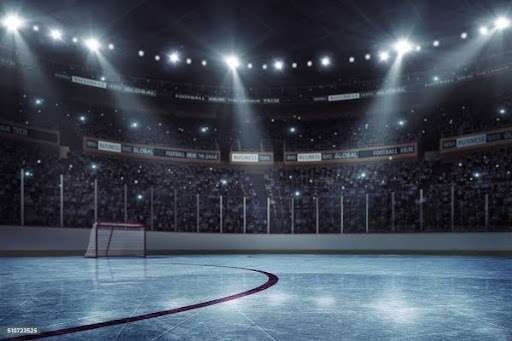
Photo from Dmytro Aksonov via iStock
Key Considerations for Installers and Contractors
While the benefits of LED lighting are clear, successful stadium lighting projects require careful planning and consideration. Here are some essential factors installers and contractors should keep in mind:
1. Light Distribution and Placement
The placement of LED fixtures and how light is distributed across the stadium is critical for achieving optimal visibility. Contractors must ensure that lighting fixtures are evenly spaced and strategically positioned to avoid glare and dark spots on the field.
Using advanced lighting simulations and designs can help installers visualize how the light will spread and adjust fixture placement for maximum effect.
2. Weather Resistance and Durability
Stadium lights are often exposed to harsh weather conditions, from heavy rain to extreme heat. LED fixtures designed for stadium use must be weather-resistant and robust enough to withstand outdoor elements.
For contractors, ensuring that the lights have the appropriate IP (Ingress Protection) rating is vital to avoid issues caused by weather exposure. Additionally, the choice of durable materials will ensure that installations hold up over time.
3. Flexibility for Different Sporting Events
Stadiums are often used for a variety of sports and events, each with different lighting requirements. Installers and contractors must choose LED solutions that are versatile and easily adjustable to meet the varying needs of different sports, concerts, and other events.
For example, sports like soccer or football require bright, even lighting across the field, while concerts may benefit from more dynamic, colorful lighting setups. Selecting fixtures that are adaptable to different settings ensures maximum usability.
4. Compliance with Regulations and Standards
There are specific guidelines and regulations that govern stadium lighting, particularly for professional sports. Contractors and installers must ensure that the lighting system complies with local and international standards, such as FIFA or Olympic requirements for sports field lighting.
In addition, adhering to energy efficiency regulations and environmental sustainability goals is becoming increasingly important in many regions. Offering LED solutions that meet or exceed these standards can enhance your credibility as an installer or contractor.
The Role of LED Area Lights, Floodlights, and Wall Packs
When it comes to illuminating large stadiums, choosing the right type of LED fixture is essential. Below are some LED solutions that are ideal for stadium lighting:
1. LED Area Lights
LED Area Lights are designed to provide wide coverage, making them perfect for outdoor stadiums. These lights can be positioned around the perimeter of the field or in parking areas to ensure that every corner is well-lit. Their broad light distribution helps reduce the number of fixtures needed, lowering overall project costs.
2. LED Floodlights
LED Floodlights are known for their powerful, concentrated beams, which make them ideal for lighting up sports fields. These floodlights are mounted on tall poles around the stadium, providing focused illumination that enhances visibility for both players and spectators. Their adjustable design allows installers to direct the light precisely where it’s needed.
3. LED Wall Packs
LED Wall Packs are commonly used for the stadium’s outer areas, including entrances, exits, and walkways. These lights provide both safety and security, ensuring that fans can move around the stadium safely even after the event ends.
For installers and contractors, LED Wall Packs are easy to install and maintain, offering an efficient solution for enhancing both security and aesthetics in and around the stadium.
Installation Best Practices for Stadium LED Lighting
Ensuring the success of a stadium lighting project requires a strategic approach. Here are some best practices installers and contractors should follow:
1. Conduct Thorough Site Evaluations
Before beginning the installation, it’s important to conduct a thorough site evaluation. This includes assessing the stadium’s layout, identifying key lighting zones, and determining the appropriate fixture types. Understanding the client’s specific needs, such as broadcast requirements or specific event lighting requests, will guide the selection and placement of fixtures.
2. Use High-Quality LED Products
The quality of the LED fixtures is paramount. Opt for high-performance, reliable products from trusted manufacturers. High-quality LEDs not only offer better light output but also ensure the longevity of the installation.
3. Incorporate Smart Lighting Controls
Smart lighting controls allow stadiums to automate and customize their lighting system based on the event. For example, lighting can be dimmed during certain parts of the event or adjusted to highlight specific areas of the field. Incorporating such systems adds value to the overall project, offering flexibility and energy savings.
4. Prioritize Maintenance Accessibility
Though LEDs are low maintenance, ensuring that the fixtures are easily accessible for future maintenance or upgrades is crucial. During the installation process, contractors should plan for convenient access points to reduce downtime during maintenance.
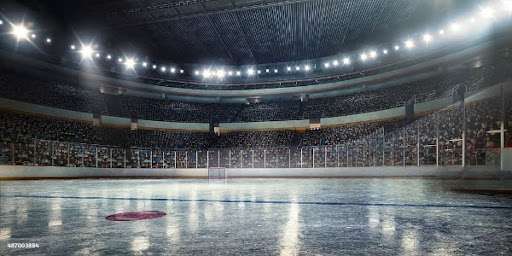

Photo from Dmytro Aksonov via iStock
Conclusion
Mastering professional sports stadium lighting with LED solutions is about more than just brightening the field—it’s about creating an energy-efficient, durable, and high-performing system that enhances both the player and spectator experience. As installers and contractors, choosing the right LED fixtures like LED Area Lights, Floodlights, and Wall Packs ensures the project’s success while meeting modern standards for sustainability and performance. By following best practices and considering all key factors, you can confidently deliver outstanding lighting solutions for any professional sports stadium.
FAQs
- Why is LED lighting preferred for professional sports stadiums?
LED lighting is preferred due to its energy efficiency, long lifespan, durability, and the ability to provide uniform, bright illumination. These features are essential for large venues, making LEDs a cost-effective and high-performance solution for both players and spectators.
- What are the key benefits of using LED floodlights in stadiums?
LED floodlights offer focused, powerful illumination across the playing field, enhancing visibility for both athletes and viewers. They are adjustable, allowing installers to direct light precisely where it’s needed, reducing the number of fixtures required.
- How do LED solutions improve stadium lighting maintenance?
LEDs have a long lifespan, often lasting up to 50,000 hours, which reduces the need for frequent replacements. This durability lowers maintenance costs and minimizes operational disruptions, making them a reliable choice for stadiums.
- What considerations should contractors keep in mind when installing stadium LED lighting?
Contractors should focus on proper light distribution, weather resistance, compliance with lighting standards, and ensuring the system’s flexibility to accommodate various sports and events. Conducting a site evaluation and selecting high-quality LED fixtures are also crucial steps.
- What types of LED lights are best suited for different areas of a sports stadium?
LED Area Lights are ideal for wide coverage in outdoor spaces, LED Floodlights provide powerful illumination for the playing field, and LED Wall Packs enhance security and visibility in outer areas like entrances and walkways.

